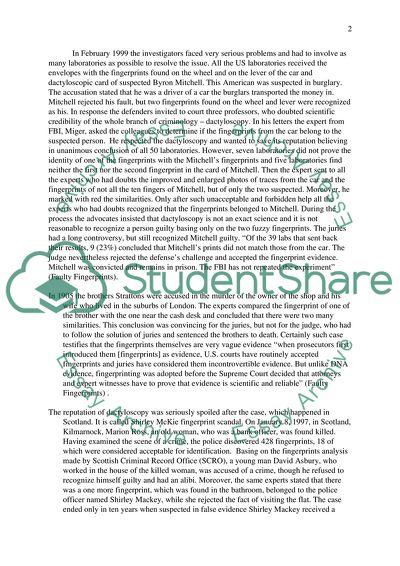Cite this document
(Fingerprints Essay Example | Topics and Well Written Essays - 2000 words, n.d.)
Fingerprints Essay Example | Topics and Well Written Essays - 2000 words. https://studentshare.org/professional/1835237-fingerprints
Fingerprints Essay Example | Topics and Well Written Essays - 2000 words. https://studentshare.org/professional/1835237-fingerprints
(Fingerprints Essay Example | Topics and Well Written Essays - 2000 Words)
Fingerprints Essay Example | Topics and Well Written Essays - 2000 Words. https://studentshare.org/professional/1835237-fingerprints.
Fingerprints Essay Example | Topics and Well Written Essays - 2000 Words. https://studentshare.org/professional/1835237-fingerprints.
“Fingerprints Essay Example | Topics and Well Written Essays - 2000 Words”. https://studentshare.org/professional/1835237-fingerprints.


